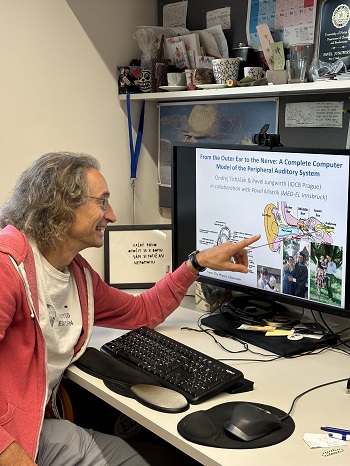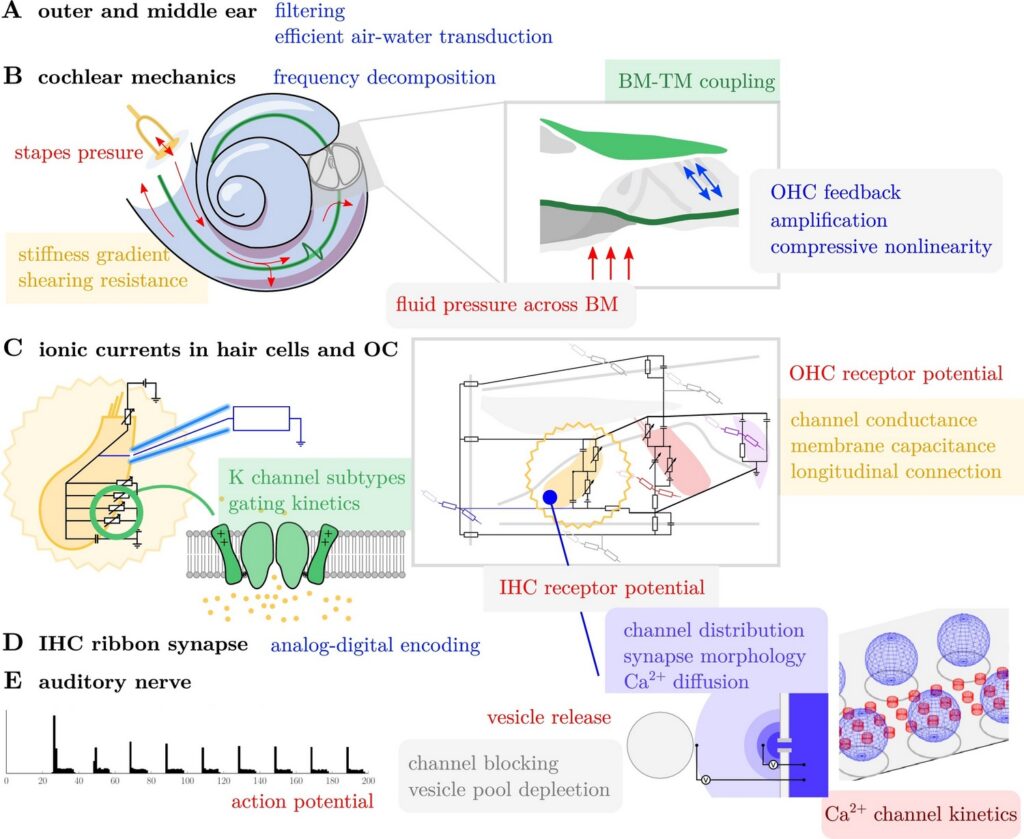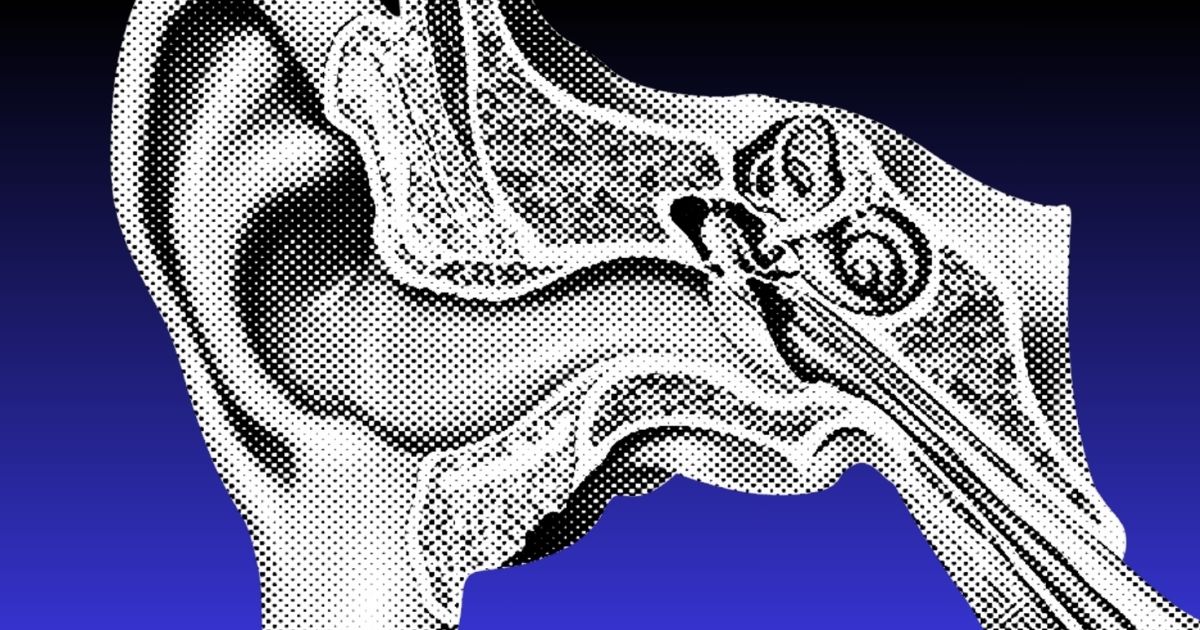PRAGUE, CZECH REPUBLIC – After 12 years of programming spanning tens of thousands of code lines, researchers at the Czech Academy of Sciences’ Institute of Organic Chemistry and Biochemistry (IOCB) have developed an unprecedentedly detailed computer simulation of auditory function.

Pavel Jungwirth from the Institute of Organic Chemistry and Biochemistry of the CAS.
This advanced model recreates signal transmission from the outer ear to the auditory nerve, reflecting the latest physiological knowledge. Its release promises to drive breakthroughs in hearing technologies and therapies by enabling extensive virtual experimentation.
The project’s lead, IOCB head of molecular modeling Dr. Pavel Jungwirth, calls it “a general model of the mammalian ear,” encompassing critical processes like sound to vibration conversion and neural encoding of acoustic information. But the tool’s insights into hearing mechanics and impairment could significantly benefit human health.
Bottom-Up Approach Provides Precision
Unlike previous attempts to digitally render hearing, Jungwirth’s group built their model from the “bottom up” – starting with ion channels and meticulously incorporating physical phenomena at higher organizational tiers. Such molecular-level precision sets the simulation apart according to Jungwirth: “our project is unique in that we as physical chemists approached and went at it…from the bottom up, from the molecular level, ion channels and currents to the level of the organ.”
Corresponding author Ondřej Ticháček credits this reductionist tactic for capturing fine-grained dynamics that animal experiments cannot access. The model essentially establishes an on-demand testbed for silently assessing hearing aids and interventions at any scale without risk. As Jungwirth summarizes, it can “replace or complement these experiments to a certain extent.”

Model blocks and the mechanism of hearing
Customizing Defects Offers Clues to Treatments
An especially valuable application is artificially inducing hearing loss within the digital ear. Researchers can then observe impacts on surrounding structures, similar to conducting a CT scan. These virtual lesions help determine precisely how genetic and environmental insults undermine auditory function at the cell and system levels alike. Such knowledge aids targeted treatment design.
Moreover, the team can customize simulated impairment profiles, from specific syndromic variants to age-related loss. Jungwirth notes that while their current build focuses on healthy function, “it is not a problem to ‘damage’ it and model various genetic hearing defects or other hearing impairments.” Doing so assists experts in pinpointing suitable sensory substitutes like hearing aids or cochlear implants for given deficits.
In an era of mounting hearing-related disability, expanding capacity to study this sensory system through predictive technologies represents a watershed moment.
Although the road to restoring auditory health may remain long, the IOCB’s highly detailed ear now helps pave it.
Reference
- Tichacek, O.; Mistrík, P.; Jungwirth, P. From the outer ear to the nerve: A complete computer model of the peripheral auditory system. Hear. Res. 2023, 440, 108900. https://doi.org/10.1016/j.heares.2023.108900
Source: CAS






